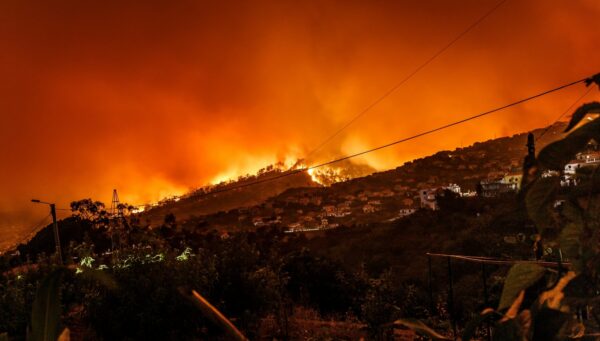Impact of short-lived non-CO2 mitigation on carbon budgets for stabilising global warming
Authors
Joeri Rogelj, Malte Meinshausen, Michiel Schaeffer, Reto Knutti and Keywan Riahi

Limiting global warming to any level requires limiting the total amount of CO2 emissions, or staying within a CO2 budget. Here we assess how emissions from short-lived non-CO2 species like methane, hydrofluorocarbons (HFCs), black-carbon, and sulphates influence these CO2 budgets.
Our default case, which assumes mitigation in all sectors and of all gases, results in a CO2 budget between 2011–2100 of 340 PgC for a >66% chance of staying below 2°C, consistent with the assessment of the Fifth Assessment Report of the Intergovernmental Panel on Climate Change. Extreme variations of air-pollutant emissions from black-carbon and sulphates influence this budget by about ±5%. In the hypothetical case of no methane or HFCs mitigation—which is unlikely when CO2 is stringently reduced—the budgets would be much smaller (40% or up to 60%, respectively).
However, assuming very stringent CH4 mitigation as a sensitivity case, CO2 budgets could be 25% higher. A limit on cumulative CO2 emissions remains critical for temperature targets.
Even a 25% higher CO2 budget still means peaking global emissions in the next two decades, and achieving net zero CO2 emissions during the third quarter of the 21st century. The leverage we have to affect the CO2 budget by targeting non-CO2 diminishes strongly along with CO2 mitigation, because these are partly linked through economic and technological factors.











